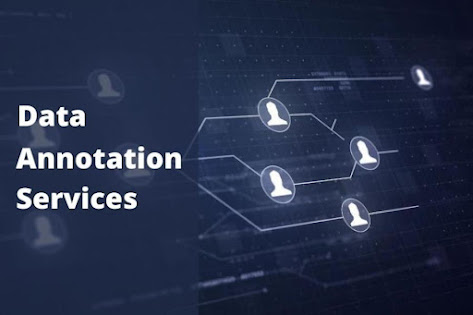OCR Training Dataset: Unlocking the Potential of Image-to-Text Conversion
Optical Character Recognition (OCR) has evolved from a novel invention to a mainstream technological tool used in various industries. At the heart of this revolution lies the
OCR training dataset – a cornerstone for refining the accuracy and efficiency of OCR systems. This article delves into the importance of OCR training datasets, their composition, challenges, and future prospects.
Understanding OCR and Its Importance
OCR technology converts different types of documents, such as scanned paper documents, PDF files, or images captured by a digital camera, into editable and searchable data. From digitizing archives in libraries to processing receipts in financial sectors, OCR plays an indispensable role. The accuracy of OCR, however, hinges on the quality and diversity of its training data.
The Diversity Challenge
Diversity in an OCR dataset refers to the inclusion of different fonts, sizes, orientations, languages, and even distortions in text. Here's why it's vital:
Variety of Fonts & Sizes: Different sources use different fonts and sizes. Training a model on a diverse dataset ensures it recognizes text across various documents.
Languages and Scripts: A global application of OCR requires recognizing text from multiple languages, including scripts like Arabic, Mandarin, or Devanagari.
Real-world Distortions: Texts captured in natural settings may have shadows, blurriness, or skewed angles. Training on such images ensures robustness in real-world applications.
Challenges in Curating OCR Datasets
Creating a comprehensive OCR training dataset isn't without its challenges:
Data Privacy: Many documents contain sensitive information. Ensuring that these datasets don't infringe on privacy rights is crucial.
Annotation Accuracy: Incorrect annotations can misguide the training process. Manual annotation is time-consuming, while automatic annotation can introduce errors.
Balancing Diversity: Striking the right balance between including diverse data and ensuring that the most common scenarios are adequately represented can be tricky.
Modern Advancements: Synthetic Data and Transfer Learning
Given the challenges in curating vast and diverse datasets, there are two modern strategies gaining traction:
Synthetic Data Generation: By artificially creating images of text, one can generate a large number of diverse samples. This, combined with real-world data, can enhance training significantly.
Transfer Learning: Instead of training an OCR model from scratch, one can use pre-trained models and fine-tune them for specific tasks. This reduces the need for massive datasets and accelerates the training process.
The Future of OCR Training Datasets
With the advent of deep learning and neural networks, the demand for extensive and diverse OCR datasets is ever-increasing. The future might see:
Collaborative Dataset Creation: A collective effort by industries to pool resources can help in creating comprehensive datasets.
Automated Data Augmentation: Leveraging AI to automatically augment datasets, introducing variations that enhance the training process.
Real-time Feedback Loops: OCR systems in deployment could send back unrecognized patterns to enrich the training datasets continuously.
conclusion
In conclusion, as the applications of OCR continue to expand, the role of the OCR training dataset becomes increasingly pivotal. Globose Technology Solutions Pvt Ltd (GTS) recognizes the crucial role of datasets in driving effective machine learning models. By embracing dataset adaptation and making strategic dataset selections, GTS ensures that your models are equipped to handle the dynamic challenges of real-world scenarios. As dataset dynamics continue to shape the future of machine learning, GTS remains at the forefront, empowering organizations to harness the power of data for transformative outcomes. Ensuring these datasets are diverse, comprehensive, and up-to-date will dictate the future success of OCR technologies in a myriad of applications.






Comments
Post a Comment